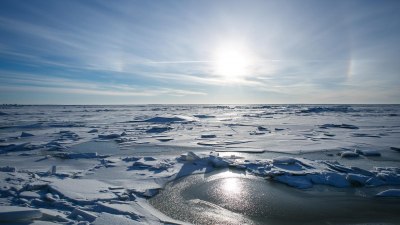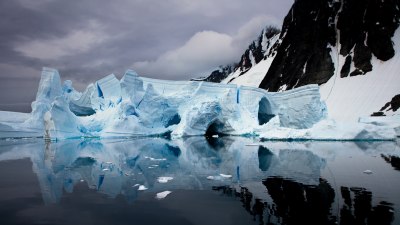The Climates That Exist Just Beyond the End of the Road
Explore diverse climates beyond traditional boundaries; an enlightening journey through nature's variations.

The world is filled with diverse climates that often remain unexplored by the average traveler. Beyond the end of the road, there lies a rich tapestry of eco-zones, biomes, and climatic conditions that are waiting to be discovered. The understanding of these climates not only enhances our appreciation for nature but also influences our thinking regarding environmental preservation and climate change.
One of the most fascinating aspects of our planet is how different climates can exist in close proximity to one another. A common road may lead you from a warm temperate zone through to a frigid tundra, often without any warning. The variety of climates shapes ecosystems and influences local cultures, architecture, and economies.
Understanding Climate Zones
Climate zones are typically categorized into several major types defined by temperature, humidity, and vegetation. The two most well-known classification systems are Köppen and Thornthwaite. These systems help in analyzing climate behavior, offering insights that are important not just for travelers but also for scientists and urban planners.
The Köppen climate classification divides the world into five main climate zones: tropical, dry, temperate, continental, and polar. Each of these zones is further divided into subcategories, allowing for a nuanced understanding of regional variations. For instance, a tropical climate may be subdivided into tropical rainforest, tropical savanna, and tropical monsoon. Each of these subdivisions features unique weather patterns, flora, and fauna, significantly impacting their environment and communities.
The Interplay of Latitude and Altitude
Latitude affects climate significantly; Areas closer to the equator generally experience warmer temperatures, while those nearer to the poles are cooler. However, altitude can alter these generalizations, leading to the existence of microclimates. For instance, the mountains in the tropics can have glacial conditions at their peaks while the lowland valleys bask in tropical warmth.
The Himalayas are a perfect example of this phenomenon; while the region boasts truly tropical weather at the base with lush jungles and fast-flowing rivers, the heights of these giants are home to vast ice caps and snow. Such distinct climate shifts create habitats for a plethora of species making each ecological zone rich in biodiversity.
Human Influences on Climate
Human activity has greatly affected local climates through urbanization and agriculture. Cities can create 'heat islands,' where urban areas are significantly warmer than their rural surroundings due to human activities, concrete, and asphalt absorbing heat. Climate change further alters existing ecosystems, driving species migration and altering weather patterns, which can be observed in the warmer climates that may encroach on once cooler zones.
For instance, a city like Phoenix, Arizona experiences intense heat, which can lead to shifts in natural habitats for local wildlife. What was once a desert may soon become a series of microclimates as a result of urban heat increases, leading to challenges related to water resources, energy use, and animal preservation.
Exploring Unique Climatic Regions
Several regions around the globe showcase unique climates that truly challenge the typical understanding of weather patterns. The Arctic tundra presents a striking example. It's characterized by long, harsh winters with cool summers, exhibiting a biome that is perpetually on the edge of freezing temperatures. Despite this, it sustains an interesting mix of wildlife including polar bears and migratory birds.
Conversely, the tropical rainforests of the Amazon present a climate that's a stark contrast, marked by high humidity and ample rainfall year-round. This climate supports rich biodiversity and complex ecosystems that are vital to global ecological health.
The Future of Climatic Exploration
As temperatures rise and weather patterns become increasingly unpredictable, it’s more crucial than ever to explore and understand these climates. Climate change poses a real threat to ecosystems; thus, raising awareness and understanding of these zones will help us foster a culture of environmental sustainability. Communities living on the periphery of extreme climates face challenges that are intertwined with larger global issues.
Innovative solutions for climate adaptation and sustainability must consider the unique aspects of each climate zone. Efforts to mitigate climate change can lead to successful strategies that benefit both local communities and the global environment. Since ecosystems are linked and interdependent, one region's health can greatly influence another; thus, understanding the climatic variations beyond just the end of the road is paramount.
The Importance of Future Exploration
The climates just beyond the end of the road beckon adventurers and scientists alike. By exploring these areas, we can gather data that helps in understanding climate change, local biodiversity, and the interrelations between human activities and natural phenomena. The journey into the unknown can provide insights as we face an uncertain future, reminding us that our world is an interconnected web reliant on every climate and its corresponding ecosystem. Therefore, let us take the journey beyond the typical tourist routes and delve into the rich climatic diversity our planet has to offer—after all, it might just be climate variations at the end of the road that hold the answers we seek for sustainability and ecological balance.











